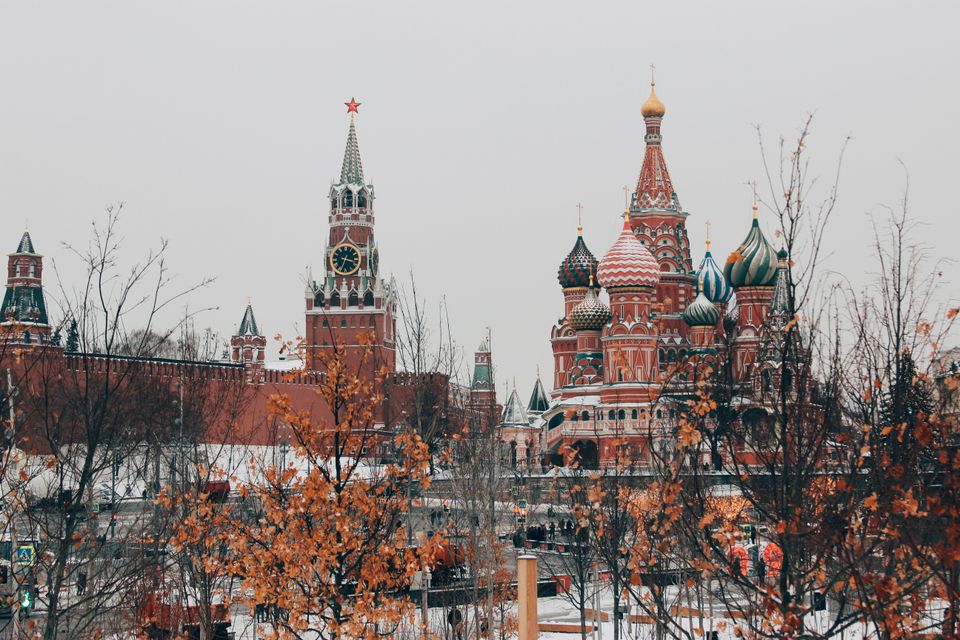The Propaganda of Agitation versus the Propaganda of Integration: a brief primer

On the Russian media’s response to the Israel-Palestine War
The Russian government — along with Russian media — are saying different things about the Israel-Palestine war depending on who is listening.
On the international stage, Russian President Vladimir Putin is all for peace. According to the Kremlin readout of a call between Putin and Israeli Prime Minister Benjamin Netanyahu, Putin said that he wished to assist in “ending the Palestinian-Israeli confrontation and achieving a peaceful settlement through political and diplomatic means.”
At home, however, Russia’s state-sponsored media was suggesting that the conflict might help the war effort in Ukraine.
What accounts for the difference? Beyond its obvious duplicity, the Kremlin’s domestic response to the Israel-Palestine conflict is a perfect example of what the French sociologist Jacques Ellul called integrative propaganda. As opposed to the more familiar agitation propaganda, which spurs people to action, the propaganda of integration promotes a passive acceptance of existing norms and social conditions.
By looking closely at Russian media’s response to the war in the Middle East, one can see the subtle way that propaganda reinforces political regimes.
On the day of Hamas’ incursion into Israel, FilterLabs.AI detected sharp negative downturns in sentiment surrounding “Israel” and “Palestine” in Russia. The pattern held in mainstream and on social media.
In mainstream Russian media:


And on social media:


The drop was not surprising. FilterLabs sentiment analysis detects the overall emotional tenor of articles, and even straight news reports on the raid would have to include extremely unsettling descriptions and quotes from eye-witnesses.
However, it’s an ill wind that blows nobody any good.
In the days that followed, FilterLabs analysis picked up on four main narratives in the Russian press, all of which emphasized the conflict’s silver lining for Russian foreign policy.
- The United States is dividing its attention. Whereas before the US was focused on the war in Ukraine, now it is equally if not more focused on the crisis in the Middle East.
- Weapons will go to Israel instead of Ukraine. The escalating conflict will benefit Russia because weapons that were normally channeled through third parties into Ukraine are now going toward the current conflict in Israel and Palestine.
- The Iranians are funneling military aid to Hamas. Russia and her allies are major players on the world stage. (It is not clear how much the Iranians directly contributed to the current conflict, but their aid contributes to this narrative's momentum.)
- The West is failing. Many Russian stories and social media posts pointed to the Hamas attack as evidence of the weakness and failure of Western foreign policy, and of the Western model of governance more generally.
All four narratives are good examples of Ellul’s integration propaganda, as opposed to agitation propaganda.
Agitation is propaganda’s stereotypical mode. The call to arms, waving the bloody shirt, remembering the Maine or the Lusitania–they are all ways of riling people up and getting them to do something, like enlisting or otherwise supporting a war effort. In Ellul’s words, agitation propaganda “takes [a man] out of his everyday life, his normal framework, and plunges him into enthusiasm and adventure…” The equation of the Ukrainian armed forces with the Nazis is a perfect example. It allows young Russians to imagine themselves as part of a glorious lineage, as military heroes and saviors of the nation.
The trouble with agitation propaganda is that its effects wear off quickly. For long-lasting support, a regime needs integrative propaganda. According to Ellul, this kind “is “long-term propaganda, a self-reproducing propaganda that seeks to obtain stable behavior, to adapt the individual to his everyday life, to reshape his thoughts and behavior in terms of the permanent social setting.”
The above narratives are integrative rather than agitative. They do not push young men and women to enlist. Rather, they normalize the war, assure the population that it can be won, and therefore prepare the population to accept a permanent state of warfare, with all of the economic and personal hardships it may bring.
The contrast between Russia and “the West” is especially crucial in these narratives. The West’s failure to manage the Israel-Palestine conflict, let alone solve it, is indicative of its deeper shortcomings (perhaps an inability to manage Muslim minorities). The implicit conclusion is that the more authoritarian Russian model can and should and must prevail. The “clash of civilizations” rhetoric at once draws a clear friend-enemy distinction and, through its grand scale, prepares the listeners for a long conflict and a willingness to adapt their daily lives to the needs of their nation.
None of these narratives are supposed to make much of a difference on their own. Together and over time, though, they can shore up support for the regime. In Ellul’s words, “it seeks not a temporary excitement, but a total molding of the person in depth.”
The Russian media’s response to the current Israel-Palestine conflict is a helpful reminder of the many roles that propaganda can play. Agitation propaganda is the easiest to spot, but it may not be the most influential in the long run.
